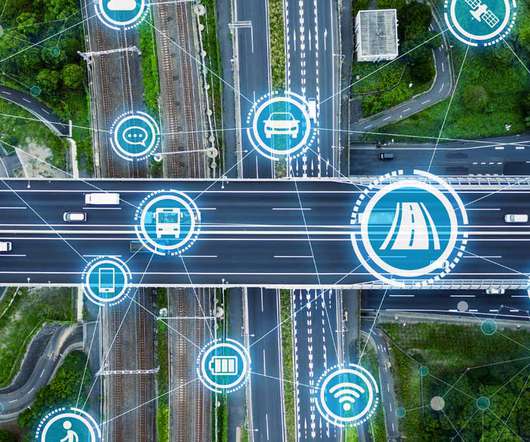Digital twins at scale: Building the AI architecture that will reshape enterprise operations
CIO Business Intelligence
MAY 22, 2025
Data collection and integration The cornerstone of digital twin architecture is data. Collecting accurate and real-time data from various sources ensures the digital model mirrors its physical counterpart. Sources can include Internet of Things (IoT) devices, sensors, existing databases and external systems.

















Let's personalize your content